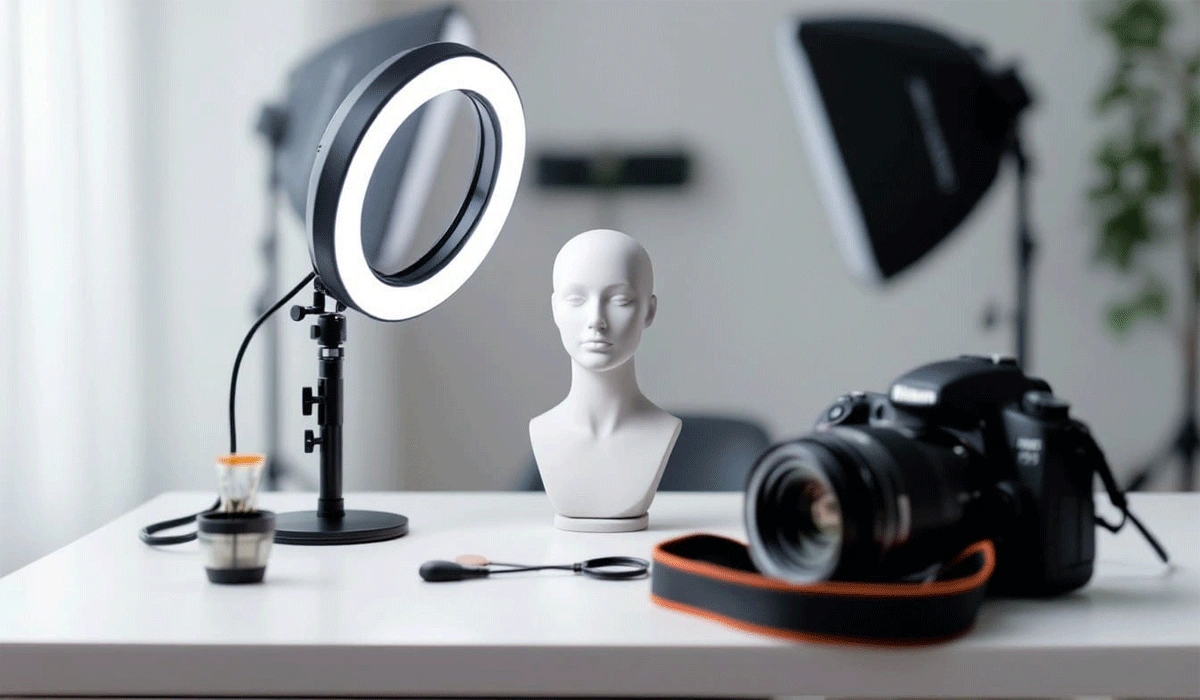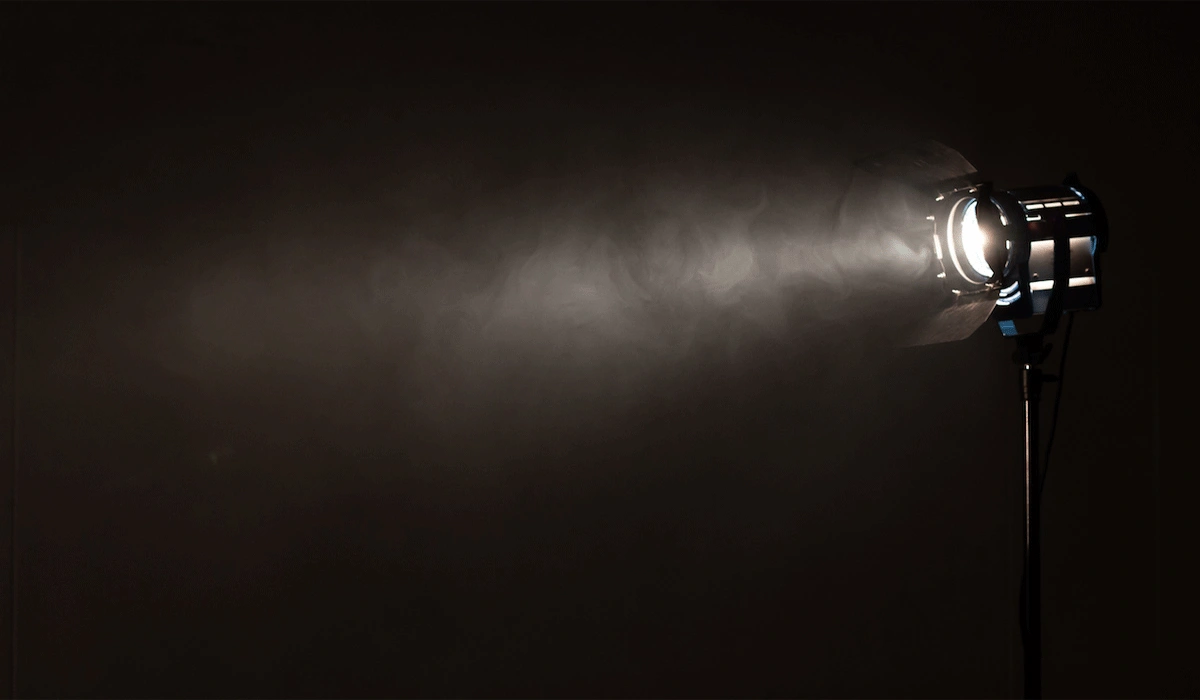Mastering Lighting: The Main Key in the World of Photography
Light shapes every photography without mastering it, even the best camera and lens cannot achieve true excellence.

Lighting shapes emotion, mood, depth, and storytelling. It transforms ordinary subjects into extraordinary visuals. For photographers whether beginners or seasoned professionals mastering lighting is not just a skill, but the foundation that elevates every frame. In this article Photography will share some things that might improve your photography skills.
Why Lighting Matters More Than Any Camera Setting?
In photography, lighting is everything. It determines the clarity of details, the richness of colors, and the emotional weight of an image. Good lighting can make a simple scene feel magical, while poor lighting can ruin even the most stunning composition. Unlike camera settings, lighting influences the very essence of how your subject is perceived. Understanding the quality, direction, and temperature of light helps photographers create images that feel intentional and powerful, rather than accidental.
Exploring the Different Types of Light
To master lighting, photographers must first recognize the various types available:
Natural Light
Sunlight offers a soft, organic feel perfect for portraits, landscapes, and everyday scenes. Its mood varies throughout the day, giving countless creative possibilities.
Artificial Light
Studio strobes, LED panels, and flash units allow complete control over intensity and angle. This makes them ideal for product photography, fashion shoots, and any situation that requires precision.
Hard vs. Soft Light
Hard light casts sharp shadows and increases drama, while soft light produces gentle edges and smooth textures. Knowing when to use each type will dramatically improve the mood of your photos.
Understanding these categories helps photographers adapt quickly to any environment.
Using Light to Shape Mood and Storytelling
Lighting isn’t just a technical tool it’s an emotional one. A backlit subject can create a dreamy silhouette, while side lighting emphasizes texture, mystery, or intensity. Front lighting, on the other hand, minimizes shadows for a clean and polished look. Every lighting choice alters the narrative of your image. Does your story aim for warmth? Tension? Elegance? Mood comes from light, and mastering it means learning to communicate feelings without a single word.
Mastering Light Direction for Stronger Visual Impact

Where light comes from can completely change how your subject appears. Top lighting feels natural but can create harsh shadows. Side lighting adds depth and a sense of three-dimensionality. Backlighting can produce striking halos or outlines that make your subject pop from the background. Even subtle shifts in angle can reveal hidden textures or reshape facial features. Light direction is a secret weapon that skilled photographers use to create dynamic, memorable images.
Practical Lighting Tips Every Beginner Should Try
If you’re just starting your lighting journey, these simple but effective tips will accelerate your growth:
-
Use window light for naturally soft illumination.
-
Avoid harsh midday sunlight unless softened with a diffuser.
-
Learn to use reflectors to brighten shadows.
-
Start with one light source before experimenting with more.
-
Take advantage of the golden hour for warm, cinematic outdoor effects.
With consistent practice, lighting will become less intimidating and more intuitive turning every shot into an opportunity to create art.
Image source :
- First image : kellytareskiphotography.com
- Second image : masterclass.com